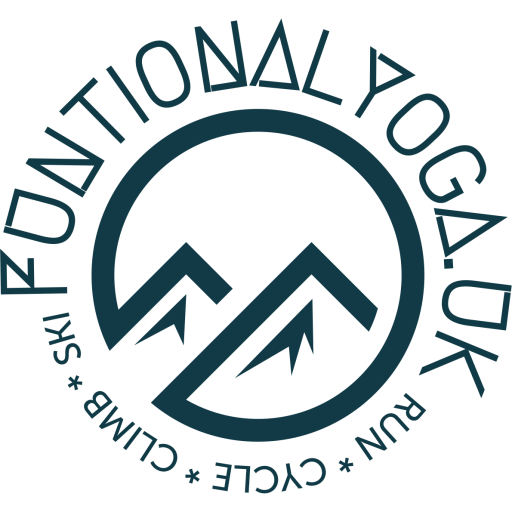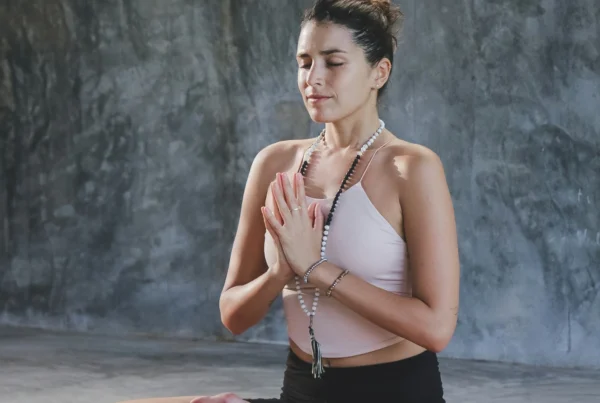
Understanding the Connection Between Running and Yoga
The relationship between running and yoga is fundamentally rooted in their complementary nature, presenting numerous benefits for practitioners of both disciplines. As running serves as a high-impact cardiovascular exercise, yoga offers a low-impact counterbalance that focuses on flexibility, balance, and mental clarity. When integrated into a running regimen, yoga enhances physical performance while also addressing the mental aspects of endurance training.
One of the primary benefits of yoga for runners is improved flexibility. Routine yoga practice helps to elongate and strengthen muscles, which can alleviate stiffness that often accompanies long-distance running. Increased flexibility reduces the risk of injury, allowing runners to maintain a consistent training schedule. Furthermore, yoga poses target muscle groups that are engaged during running, fostering a greater range of motion and ultimately contributing to more efficient running mechanics.
In addition to enhancing physical capabilities, yoga significantly impacts mental focus. The mindfulness cultivated through yoga practice assists runners in honing their concentration and maintaining mental resilience during challenging runs. This heightened state of awareness can be crucial in managing fatigue and discomfort, thereby improving overall performance and stamina.
The physiological effects of yoga extend to muscle recovery as well. Incorporating yoga postures into a cool-down routine aids in reducing sore muscles, promoting blood flow, and expediting the recovery process. Regular yoga sessions can also foster a deeper mind-body connection, allowing runners to better listen to their bodies and recognize potential warning signs of overtraining. As such, the synergy between running and yoga not only elevates athletic performance but also nurtures a holistic approach to health and fitness.
Key Yoga Techniques for Runners
Incorporating yoga into a running regimen can significantly enhance both speed and endurance. Specific yoga poses offer targeted benefits that address common issues faced by runners, promoting flexibility and strength while aiding in recovery. Below, we detail several essential yoga techniques that runners may find beneficial.
Downward Dog: This foundational pose stretches the hamstrings, calves, and spine, improving overall flexibility. To perform this pose, start on all fours, with your hands shoulder-width apart and knees hip-width apart. As you exhale, lift your hips up and back, straightening your legs while pushing your heels toward the ground. Hold for several breaths, ensuring your spine remains in a straight line. This pose not only promotes relaxation but also strengthens the shoulders and arms, essential for maintaining form during long runs.
Pigeon Pose: This pose is perfect for releasing tension in the hips, an area that can become tight due to repetitive running motions. Begin in a tabletop position, bring your right knee forward and position it behind your right wrist, while extending your left leg back. Keep your hips square to the ground and lean forward to deepen the stretch. The Pigeon Pose increases flexibility in the hip rotators and can help improve overall stride length during running.
Warrior II: This powerful pose builds strength in the legs while promoting good posture. Stand with your feet over three feet apart and turn your right foot out 90 degrees. Bend your right knee so that it aligns over your ankle while keeping your left leg extended. Stretch your arms out to the sides, parallel to the ground. This position develops stability and endurance, better equipping your body for the demands of running.
To maximize the benefits of these poses, incorporate a warm-up sequence before your runs, focusing on movements that activate the muscles. Similarly, following your run with cool-down stretches nurtures recovery and minimizes soreness. By regularly integrating these yoga techniques into a training schedule, runners can experience improved performance, reduced injury risk, and greater overall physical balance.
Creating an Integrated Training Plan
Developing a balanced training plan that seamlessly combines running and yoga can significantly enhance both speed and endurance. An efficient approach begins with establishing a consistent weekly schedule that allocates time for both activities. It is advisable to incorporate running sessions at least three to four times a week, while yoga can be practiced two to three times weekly. This frequency supports adequate recovery while promoting flexibility and mental focus, essential components for any runner.
When determining the intensity of training sessions, it is crucial to establish goals that align with your personal fitness level. For beginner runners, the plan could involve shorter distances, complemented by gentle yoga sessions that emphasize stretching and breath control. This provides a solid foundation to build upon. As you progress in your running journey, gradually increase the distance and intensity, integrating more advanced yoga practices that target strength and stability.
Advanced runners might find it beneficial to alternate between high-intensity running workouts and restorative yoga sessions. This balance helps prevent burnout, allowing the body to recover efficiently while maintaining a high level of performance. Moreover, incorporating different yoga styles may be advantageous; for example, vinyasa can boost strength and agility, while hatha offers restorative benefits.
Adjustments to the integrated training plan can be made based on individual preferences and physical responses. Continuous assessment of your performance allows for modifications that ensure progress without injury. Utilizing a journal to track running distances, times, and corresponding yoga practices can provide insights into what’s working. By thoughtfully combining running and yoga, athletes can achieve a harmonious training experience that elevates both speed and endurance over time.
Real-World Success Stories and Tips
The integration of yoga into running routines has proven effective for athletes across diverse backgrounds, offering tangible benefits in speed and endurance. One illustrative example is that of Sarah, a marathon runner who faced recurrent injuries. Frustrated with her progress, she turned to yoga as a complementary practice. After several weeks, Sarah discovered that regular yoga sessions enhanced her flexibility and core strength. This newfound stability not only minimized her injuries but also improved her running efficiency. She reports being able to complete her long runs with greater ease, demonstrating how essential mindfulness can be in a runner’s routine.
Another successful athlete, Mike, a competitive 5K runner, initially approached yoga with skepticism. After participating in a workshop focused on breath control and mindfulness techniques, Mike noted a significant improvement in his pacing. He found that understanding breathing patterns helped him maintain his stamina during races. Mike’s experience highlights the importance of mental focus and breath management when striving for running excellence. By incorporating yoga, he has enhanced his performance and found joy in his training process.
For those looking to emulate these success stories, it is vital to adopt a gradual approach when integrating yoga into a running routine. Start with short sessions focused on flexibility and breathing, gradually increasing the complexity of poses as comfort grows. Communication with a yoga instructor can also pinpoint areas that specifically aid running performance. Runners should aim to practice yoga at least once or twice a week while maintaining their traditional training schedule. Flexibility, strength, and mindfulness developed through yoga can lead to increased overall performance, particularly in longer runs where endurance is paramount. These insights serve not only as motivation but also as a roadmap for any runner eager to explore the harmonious intersection of running and yoga.




